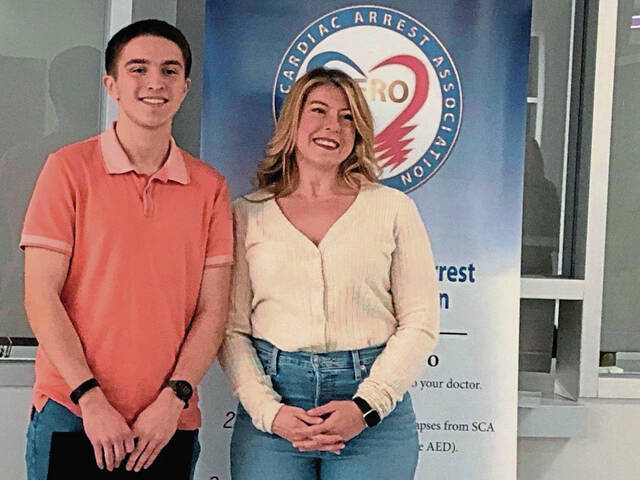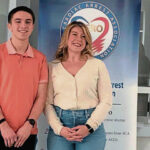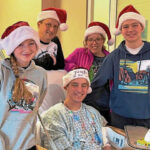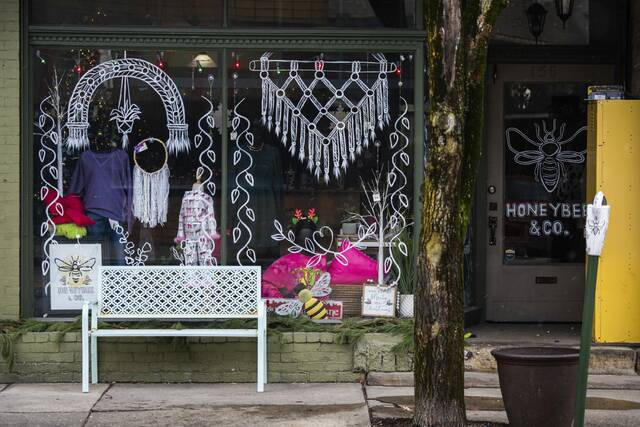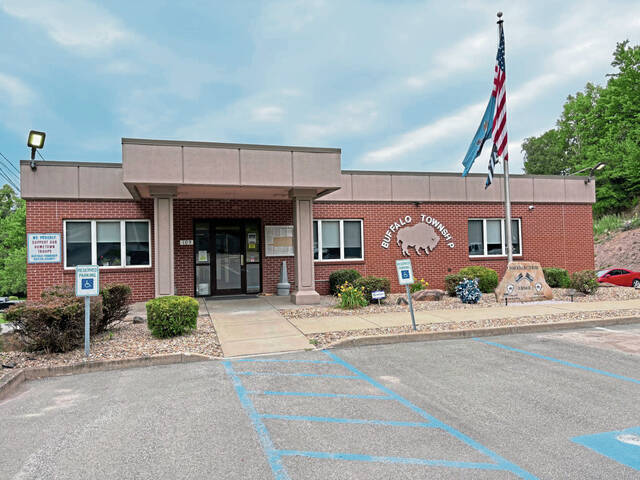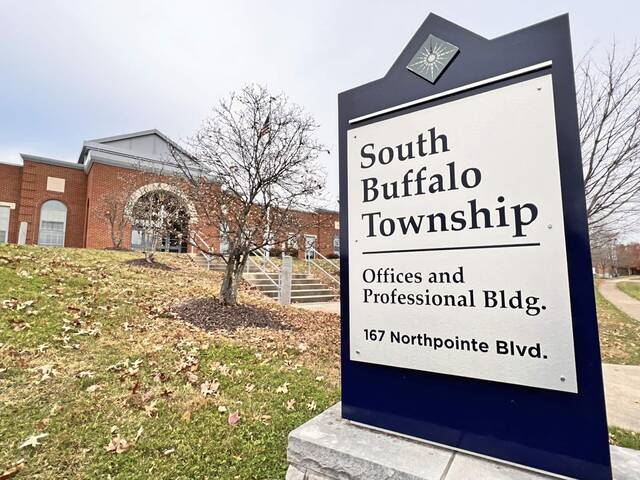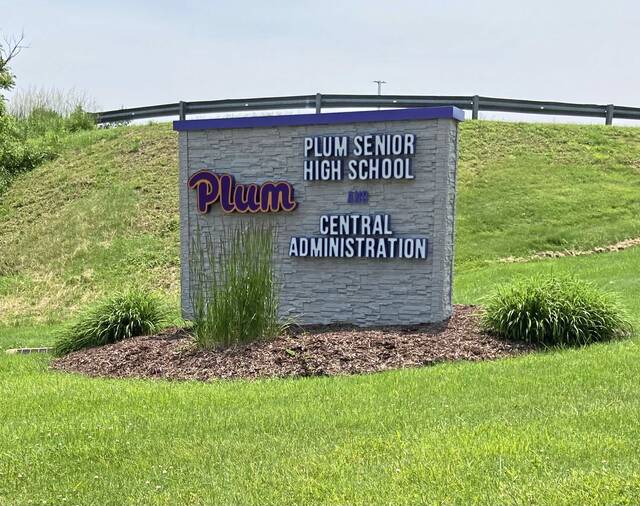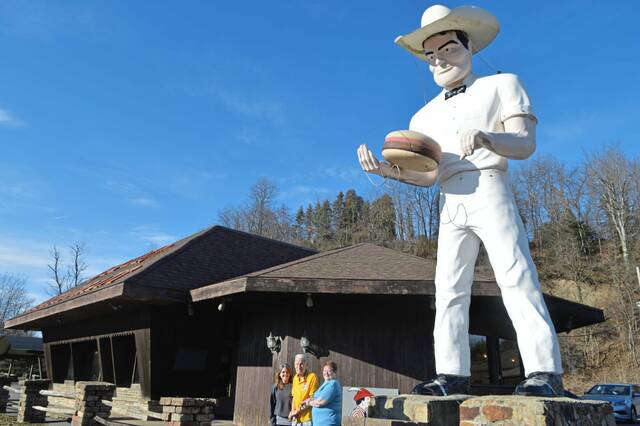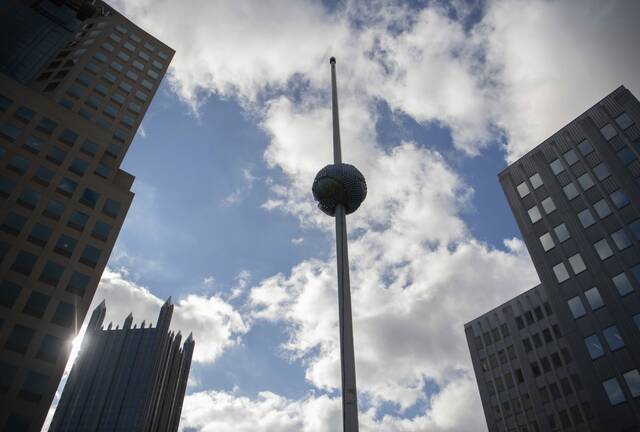Today, Giustino Racchini is a freshman at Penn State University studying journalism, with plans to be a play-by-play announcer or a sportswriter.
On a cold Monday in December, the 19-year-old lay dead on Old Frankstown Road in his hometown of Plum.
He wasn’t breathing. He had no pulse. His heart was, at best, quivering uselessly in his chest. Racchini had suffered cardiac arrest while out for a run.
Jackie Stange, 40, of Murrysville was unusually early that day taking her 4-year-old daughter, Eloise, to gymnastics. When she saw cars stopped at the top of a hill near Shangri-La Circle, she thought someone had broken down or hit a deer. Then she saw Racchini in the middle of the road.
“I threw my car in park and said to Eloise, ‘I’ll be right back, I need to make sure somebody is OK,’ ” Stange said. “She said ‘OK.’ She was so good about it. She just knew it was serious.”
While one of the bystanders watched over her daughter, Stange, a registered nurse in the emergency department at UPMC Presbyterian hospital in Pittsburgh, performed hands-only CPR on Racchini for four or five minutes until paramedics, police and firefighters arrived and took over.
The young man, whom Stange didn’t know, still had no pulse and wasn’t breathing when a paramedic relieved her. Stange gave her name and information to a police officer and left with her daughter.
“I remember thinking to myself, I was just praying to God I did everything I could before I left,” she said. “This is a young man, and he has a mom and a dad somewhere, and it’s a week before Christmas. I was hoping I did the best CPR I could. I was just praying that he was going to be OK.”
Heather Racchini, who does taxes as a certified public accountant, was at work when the police called and told her that her son was unresponsive and she needed to get to the hospital.
To her, Stange is an angel.
“We’re just so happy he was saved,” Heather Racchini said.
Giustino Racchini and Stange embraced when, at a February borough council meeting, Plum Mayor Harry Schlegel recognized Stange and several others whose efforts resulted in Racchini surviving the day that, by the odds, should have been his last.
“I don’t remember much about that day,” he said. “It’s definitely surprising. It’s not something you would ever think would happen. It’s strange that it does.”
Genetic condition
Nationally, about 10% of people who suffer cardiac arrest outside a hospital setting survive, said Cheryl Rickens, a nurse with UPMC Prehospital Care and chair of the Western Pennsylvania chapter of the Sudden Cardiac Arrest Association.
The survival rate is a bit higher in the Pittsburgh area, high teens to mid-20s, because of EMS, police and firefighters carrying automated external defibrillators and being trained in CPR and early defibrillation, Rickens said.
“We have a wealth of hospitals in our area,” she said. “Getting somebody quickly to a hospital for ongoing care is pretty quick. A lot of those dynamics play really well for the survivor.”
Because nobody saw Racchini collapse, he was very fortunate.
“It’s a miracle he didn’t get hit by a car,” Rickens said. “We don’t know how long he was down. His odds are really quite remarkable.”
Racchini was home from college on winter break that day. A runner, he was a few miles into his run of 4 to 5 miles when he collapsed.
“I had a headache that day,” he said. “I didn’t think much of it.”
His memories don’t resume until three days later at Forbes Hospital, where he spent 10 days before going home.
While doctors haven’t given Racchini and his family a definitive answer, they think a genetic condition may be to blame for the episode. Because of that, his younger brother, Mario, 16, and sister, Lexi, 13, are being tested.
Doctors implanted a defibrillator in Racchini’s chest to shock his heart should he go into cardiac arrest again.
Cardiac arrest is not the same as a heart attack, said Brian Maloney, director of operations for Plum Emergency Medical Services.
During a heart attack, a blockage in a blood vessel around the heart starves part of the heart muscle of oxygen. The person remains conscious and breathing, and can experience issues such as chest pain, difficulty breathing and pain radiating into their neck, jaw or arm.
In cardiac arrest, the heart suddenly stops beating. When this happens, blood stops flowing to the brain and other vital organs. The person becomes unresponsive, stops breathing and will not have a pulse.
“That’s where CPR is important. CPR helps save lives,” Maloney said.
New approach
Hands-only CPR, chest compressions without breaths, has been favored for a number of years now, Maloney said. Plum EMS offers training to the public.
“The reason why they push that is because people are very hesitant to go and do mouth-to-mouth on a person, especially when they’re dead,” Maloney said. “There is no significant difference in the outcome when you do hands-only CPR versus chest compressions and ventilation.”
It’s critical people know how to do hands-only CPR and use an AED, Rickens said.
“Chest compressions circulate the oxygen-rich blood trapped in the heart. You don’t need to waste time and effort opening up the airway and giving breaths,” she said. “Unless you are highly trained, you’re probably not doing it accurately anyway.”
As Stange was walking away from Racchini, she heard someone say that he would be getting a shock from an AED, which put his heart back into a life-sustaining rhythm.
The devices analyze heart rhythms and deliver shocks only when appropriate, Maloney said. There needs to be some electricity in the heart for the devices to work.
AEDs are commonly found in public locations. In Plum, there are 14 in borough buildings and parks, Maloney said.
The AED used on Racchini was from a Plum police vehicle. Firefighters also carry them.
“The Plum Borough Police have an AED on six of their vehicles and are many times the first ones on scene for a cardiac arrest,” Maloney said.
CPR essential
Racchini was experiencing ventricular fibrillation, during which the lower heart chambers contract in a rapid and uncoordinated manner. It is one of the two conditions that can be shocked by an AED.
“There are several other rhythms a cardiac arrest victim can experience that unfortunately the AED will not shock,” Maloney said. “Hands-only chest compressions or CPR is essential in all of these cases to give the victim a fighting chance.”
By the book, Racchini was dead.
“But because of what everybody did, that’s what saved his life,” Maloney said. “It’s a blessing he’s with us.”
Now friends, Stange has been in touch with Racchini’s mother, and discovered a previously unknown connection. Stange’s elder daughter, Scarlett, 13, is in seventh grade and in the ski club at Franklin Regional, where Racchini’s father, Joe, teaches eighth grade science and is the ski club instructor.
“I have a feeling we’ll be friends for life, and Giustino is going to be part of my heart forever,” Stange said.
After facing a life-ending event, Racchini said, he spent a month at home to reflect and has been to counseling.
“I had a second chance at life,” he said. “Just trying to move on from it is also important to me, so I don’t worry about it too much.”


